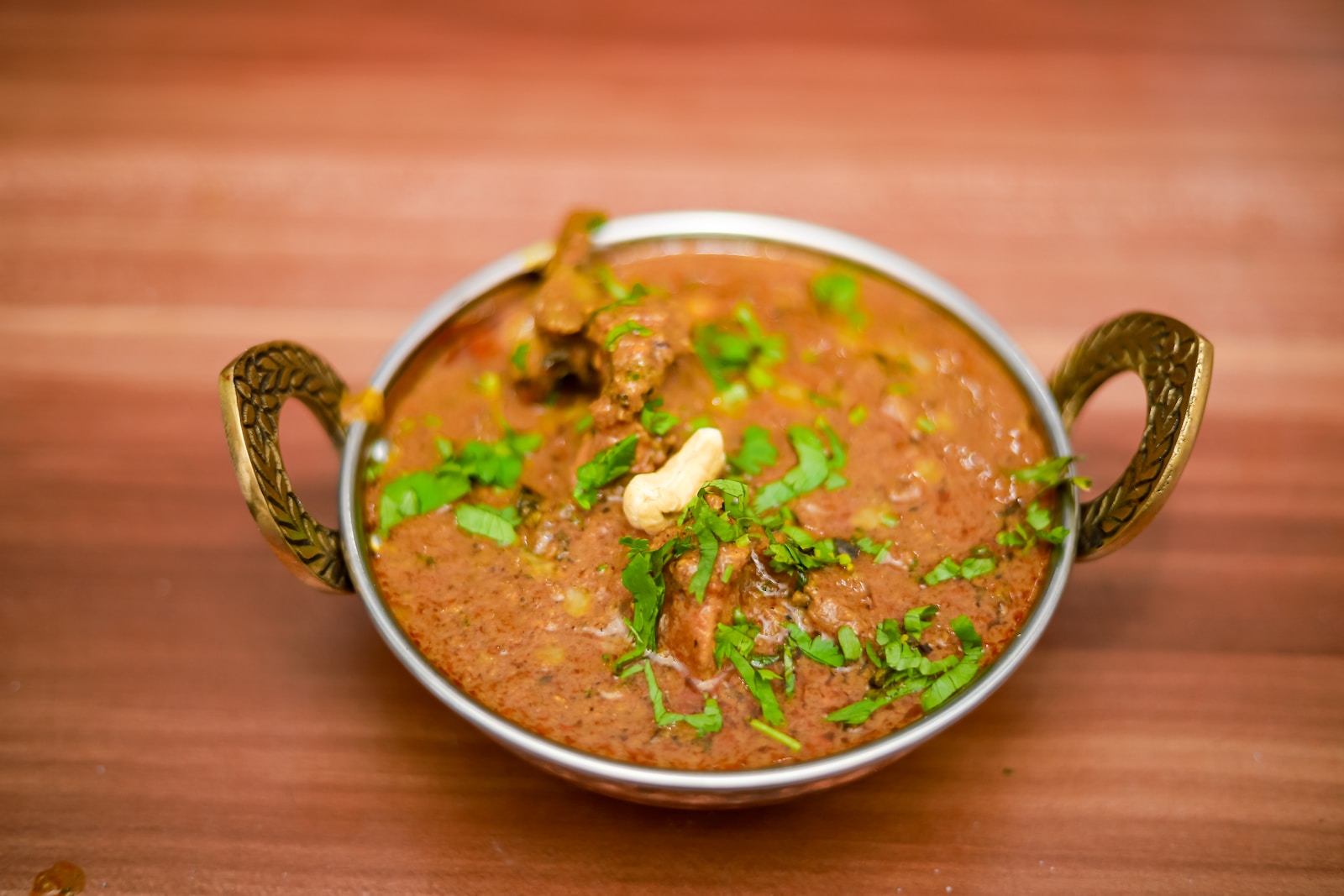Çeciir is a staple food in Kurdish cuisine, deeply ingrained in the culinary traditions of the region. Its history stretches back through generations, a testament to the adaptability and resilience of this ingredient. Typically utilized for making flatbreads, dumplings, and traditional soups, çeciir provides an earthy flavor that is cherished in various dishes. The versatility of çeciir extends beyond taste; it also holds a significant place in the cultural fabric of the communities that use it, serving as a symbol of life, fertility, and prosperity.
In Turkish culture, çeciir is not just food; it embodies a sense of community and celebration. Its presence is considered essential at weddings and festivities, where sharing a plate of çeciir strengthens family bonds and evokes a sense of belonging. The aroma of çeciir, simmering on the stove, is a nostalgic scent for many, recalling memories of home, family, and shared experiences.
As an ingredient, çeciir showcases the adaptability of regional cooking practices, adapting to different grains and blending with a variety of ingredients. This adaptability is a key factor in its enduring popularity, as çeciir continues to be a representative of the rich culinary tapestry that spans across different cultures within Turkey. It resonates with the harmony and diversity of the region, uniting different flavors and textures into one comprehensive and enjoyable experience.
Origins and Historical Significance
The historical roots of çeciir trace back to Anatolia, a region credited with enriching various cultures with its abundance of traditions and flavors. This dish not only tantalizes taste buds but also serves as a testament to the interwoven cultural narratives across the Mediterranean and the Middle East.
Anatolian Beginnings
Çeciir emerged from the cradle of civilization in Eastern Anatolia. Known for its fertile lands and strategic position, Anatolia has long been a melting pot of ethnicities and cultures. The dish is believed to be a culinary representation of this diversity, embedded deeply within the area’s gastronomic practices. Its preparation and consumption were integral to the daily lives of the inhabitants, symbolizing the agricultural and social structures prevalent in historical Anatolia.
Global Spread and Cultural Impact
As trade routes expanded and civilizations interacted, çeciir journeyed beyond its Anatolian origins. Its spread to the wider Middle East and Mediterranean regions illustrates the fluid exchange of culinary customs among different cultures. The dish’s adaptability allowed it to be seamlessly integrated into the fabric of local cuisines, often reflecting the specific tastes and resource availability of each region. In every context, çeciir retained its cultural significance, becoming a bridge between past traditions and contemporary practice while celebrating the historical influences that shaped it.
Nutritional Profile
Çeciir, commonly known as chickpea flour, boasts a high nutritional value marked by a concentration of protein, minerals, and vitamins. It serves as an exemplary food choice due to its rich composition, catered towards supporting various dietary needs.
Macronutrient Breakdown
- Protein: Chickpea flour offers about 21 grams of protein per 100 grams, which is substantial for muscle repair and tissue growth
- Fiber: A significant fiber content is present, aiding digestion and contributing to satiety
- Carbohydrates: It primarily contains complex carbohydrates, with a lower glycemic index than refined flours
Vitamins and Minerals
- Folate: Essential for DNA synthesis and repair, chickpea flour is a good source of folate, which is critical for pregnant women
- Magnesium: Important for bone health and energy production, magnesium is plentiful in çeciir
- Other Minerals: Çeciir includes a spectrum of minerals such as iron, which is vital for transporting oxygen in the blood, and zinc, which supports the immune system
- Vitamins: It also contains B-vitamins which play a role in energy metabolism
Health and Dietary Benefits
Çeciir, commonly known as chickpeas, stands out as a nutritious legume that caters to various health and dietary needs. Packed with essential nutrients, it is a valued component of vegetarian and vegan diets, offering notable health advantages with an emphasis on digestive and cardiovascular wellness.
Digestive Health
Chickpeas are an excellent source of dietary fiber, which is instrumental in promoting digestive health. This fiber aids in maintaining regular bowel movements, preventing constipation. The presence of natural enzymes in çeciir also enhances the digestion process, ensuring efficient breakdown and nutrient absorption.
- Fiber Content: High
- Benefits: Regulates bowel movements, prevents constipation
Blood Sugar and Heart Health
Regular consumption of çeciir can have a positive impact on blood sugar levels and heart health. The high fiber content contributes to blood sugar control, helping to manage and prevent diabetes. Chickpeas also offer potassium, which is crucial in managing blood pressure levels and supporting heart health.
- Blood Sugar Control: Aids in diabetes management
- Heart Health: Potassium-rich, supports reduced blood pressure
Dietary Considerations
When considering dietary restrictions or preferences, çeciir emerges as an all-encompassing food. It is naturally gluten-free, making it a safe choice for individuals with celiac disease or gluten sensitivities. Additionally, its rich protein content makes it a substantial food for those following vegetarian or vegan diets in need of alternative protein sources.
- Gluten-Free: Suitable for celiac and gluten-sensitive diets
- Vegetarian/Vegan Protein: High protein, plant-based
Culinary Applications
Çeciir, commonly known as chickpea flour, serves as a foundation for a myriad of culinary applications ranging from time-honored recipes to innovative dishes, appealing to various diets and tastes. It provides chefs and home cooks with a canvas for culinary creativity, inviting the addition of diverse spices and preparation techniques.
Traditional Dishes
Chickpea flour, or çeciir, is the cornerstone of many traditional Turkish dishes. Its use is prominent in falafel, a classic vegetarian dish renowned for its rich blend of spices and herbs. Another staple is panelle, a Sicilian street food that epitomizes the versatility of chickpea flour in its crispy, fried form.
- Falafel: Chickpeas, cumin, coriander, fresh parsley, garlic
- Panelle: Chickpea flour, water, salt, parsley, sometimes served in a sandwich
Modern Culinary Creations
In modern kitchens, çeciir has been embraced for its adaptability in new culinary creations. It is often used to craft gluten-free alternatives to pizzas, breads, and even as a thickener in soups and sauces, imparting a subtle nutty flavor. Innovative chefs transform this ingredient into culinary delights that cater to contemporary palates.
- Gluten-Free Pizza Crust: Chickpea flour, water, olive oil, salt
- Vegan Quiche: Chickpea flour-based batter with vegetables and spices
Diet-Specific Recipes
Diet-conscious individuals find çeciir invaluable, as it caters to a variety of dietary requirements such as vegetarian, vegan, and gluten-free diets. It’s a high-protein, fiber-rich alternative to wheat flour that enhances recipes with added nutritional benefits.
- Gluten-Free Baking: Chickpea flour as a substitute for wheat flour in baked goods
- Vegan Omelets: Chickpea flour mixed with water and spices to mimic egg-based omelets
Through these applications, çeciir underscores the rich tapestry of Turkish food and broader vegetarian fare, demonstrating extensive culinary uses and promoting worldwide culinary creativity.






